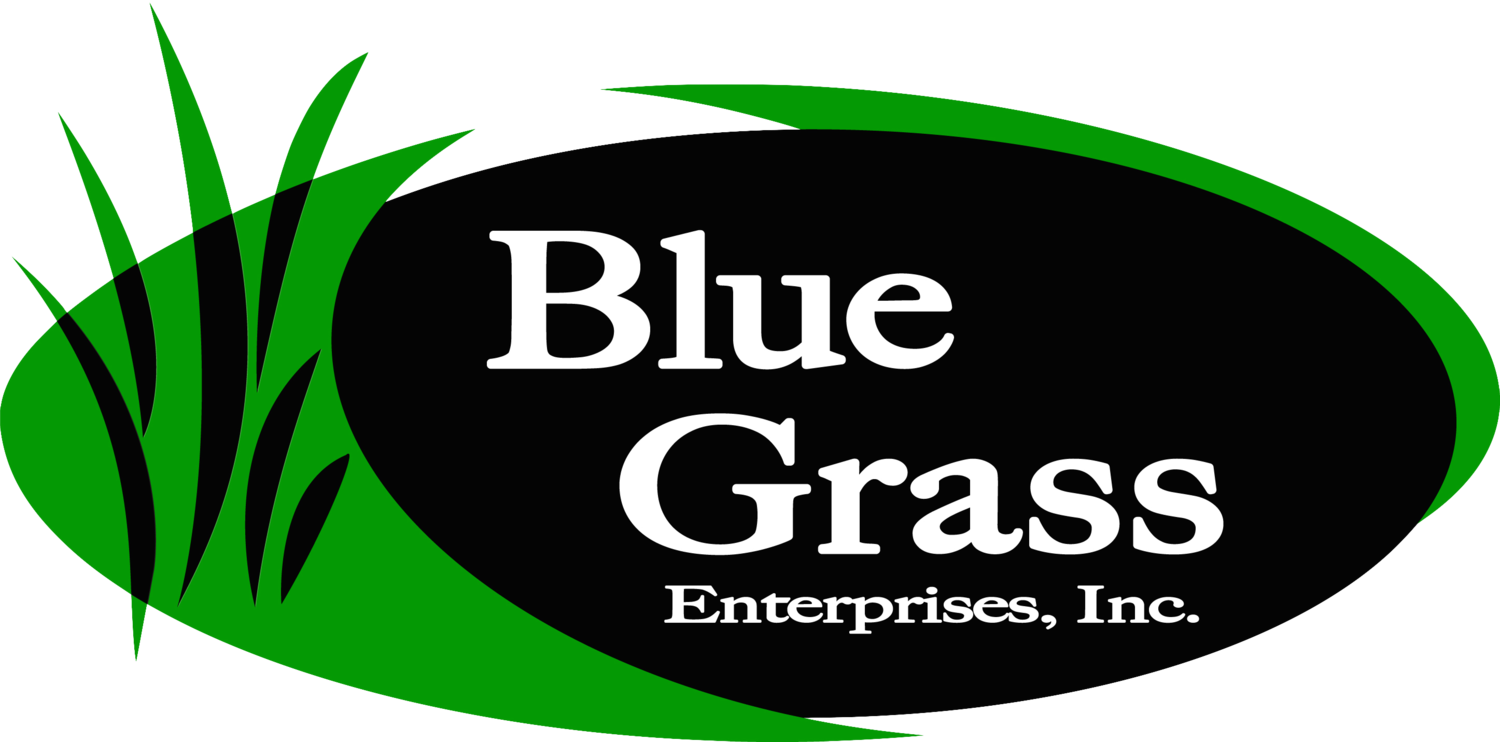Feed me, Seymour! Feed me all night long!
What do grasses eat?
Fortunately, for us… Plants eat inorganic elements (such as nitrogen, phosphorus, and potassium) to thrive rather than people (like some musicals would have you believe - ha!).
Each day, plants obtain these elements from the surrounding soil, air, and water. Depending on which source you cite, there are between 16 and 19 elements that are essential for plant growth. These are called essential elements and are usually classified as macronutrients (NPK), secondary nutrients (Ca, Mg, S), or micronutrients (all the rest). Of these nutrients, nitrogen is the most present in the plants.
Nitrogen (N) makes up many components of plant cells including amino acids, proteins, chlorophyll, and hormones that regulate plant growth and development. Nitrogen is most commonly associated with promoting top growth of plants. As a result, nitrogen is one of the most commonly applied nutrients to plants. However, it is important to be careful not to always assume that N is the answer to all your problems; the over-application of nitrogen can stimulate excessive growth, stressing the plant and causing your lawn to be more susceptible to pressures from diseases or adverse weather. In extreme cases, too much nitrogen can result in a nitrogen burn in the area (dog spots are an example of this damage). If you have lots of dog spots in your lawn, read here about how to best fix and prevent them.
This is a good example of what a very hungry lawn will do with animal urine
Pro Tip: As a dog owner, I have the benefit of knowing for a fact when my lawn is hungry for nitrogen because of where my two dogs go potty in the backyard. Whenever I start to notice that the urine spots are a lush green with more top growth than the surrounding grass, I know my lawn is hungry.
Fertilizer labels provide information on the presence of quick-release or slow-release nutrients, secondary nutrients, and micronutrients. Want to learn more about how to understand fertilizer labels? Read here.
Nitrogen in fertilizers can come from either slow or quick-release sources. Slow-release nitrogen sources include sulfur-coated urea (SCU), polymer-coated urea (PCU), and methylene urea. These coated products release minerals in controlled ways over extended times and are important in avoiding growth surges and reducing the risk of nitrogen run-off in urban areas. Slow-release products are often combined with quick-release nitrogen sources to provide quickly visible results along with long-term benefits for lawns.
Quick-release sources often found in fertilizers include urea, ammonium nitrate, and ammonium sulfate and are useful for providing immediate green-up, short-term growth, and improved turfgrass recovery after traffic, events, or other stresses.
Pro Tip: Fertilizers should only be applied when grasses are actively growing, which is during spring and fall months for cool-season turfgrasses here in Iowa. Avoid applying fertilizer during stressful periods when the turfgrass is not actively growing due to excessive cold, heat, or drought.
It is important to always manage feedings responsibly by avoiding excess applications, properly calibrated equipment, sweeping or blowing any fertilizer from hardscapes back into the lawn, and not applying prior to heavy rain. We strongly recommend you do a soil sample on your lawn so we can build a custom feeding program based on your lawn’s specific needs. The appropriate use of essential plant nutrients, like nitrogen, can improve turfgrass health, quality, vigor, color, and appearance while also maximizing the benefits of lawns everywhere.


